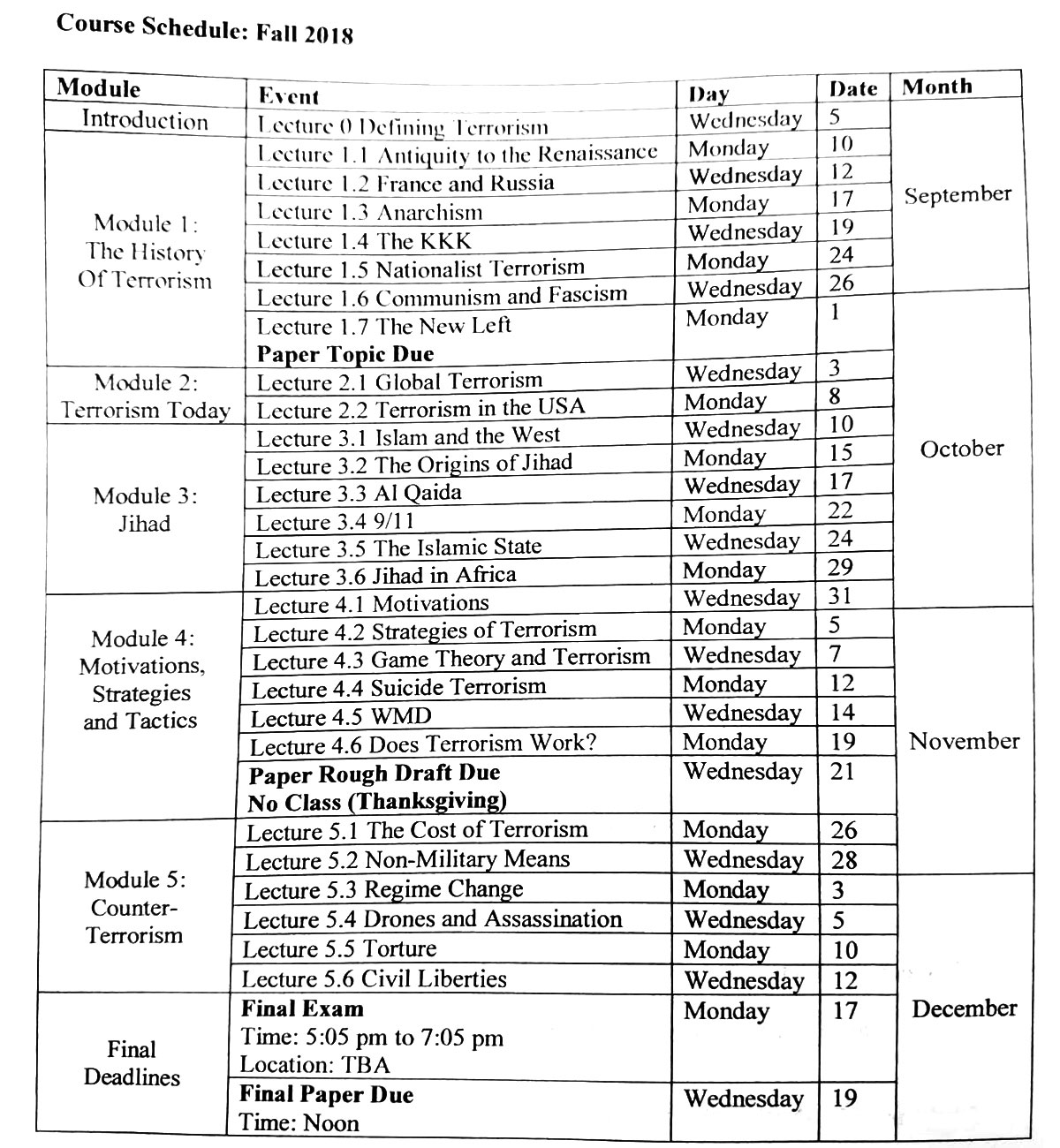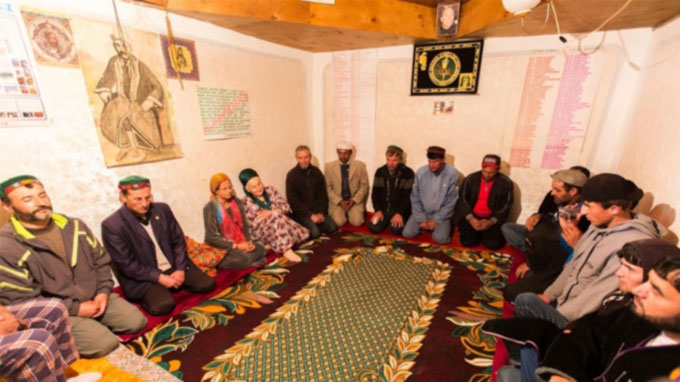If Islamophobia means fear and misunderstanding of Muslims, one could say Ismaili Muslims have suffered similar effects throughout their storied history, mostly at the hands of other Muslims. After an eventful thousand years of persecution, polemics and targeted propaganda by other Muslims, Ismaili Muslims and their hereditary Imams have emerged today onto the global public sphere with a message of hope based on acts of compassion and pluralism. And yet, the general public and other Muslims’ basic knowledge of Ismaili Islam remains fraught with misunderstanding and myths. This year marks a milestone in the centuries-old history of Ismaili Muslims and presents an opportunity to become better acquainted with this minority branch of Shia Islam, which has made significant intellectual and cultural contributions to Islamic civilization in the past, and continues to do so today.
Ismaili Muslims recognize His Highness Prince Karim al-Husayni Aga Khan IV as their living hereditary Imam in direct lineal descent from Prophet Muhammad through his cousin and son-in-law Imam Ali and his daughter Fatima. On July 11, 2017, the Aga Khan will mark his Diamond Jubilee — commemorating 60 years of Muslim leadership as the Imam of the Ismailis. He inherited the office of the Ismaili Imamat upon the death of his grandfather in 1957. Shia Ismaili Muslims worldwide recognize the Aga Khan, whom they refer to as “Mawlana Hazar Imam,” as the inheritor of the spiritual authority and knowledge of Prophet Muhammad, and the rightful interpreter of Islam amid changing times and conditions.
The Aga Khan is also the founder and chairman of the Aga Khan Development Network, a group of international agencies dedicated to uplifting the quality of human life in the poorest countries in areas of health care, education, social services, architecture, cultural restoration, economic development, rural development, urban development and civil society. Despite this record of service to humanity in the name of Islam, the history and theological beliefs of the Aga Khan and Ismaili Muslims continue to be misunderstood. What follows is an overview of the origins, history and theological doctrines of Ismailis.
Beliefs and Practices
Understanding the beliefs and practices of Ismaili Muslims requires an appreciation of the office of the Shia Imamat as a leadership institution succeeding the Prophet Muhammad. Although often misrepresented as a political disagreement, the origin of the Sunni-Shia division is about who holds divinely sanctioned religious authority after the Prophet Muhammad. As a branch of Shia Islam, Ismailis are defined by their interpretation of legitimate succession to the Prophet Muhammad.
As reflected in the Quran, Prophet Muhammad was the recipient of divine inspiration, the proclaimer of divine recitations, and the expounder of divine guidance and religious interpretation. For the earliest community of believers during the Prophet’s time, revelation was a dynamic process responsive to situations as they occurred as opposed to a scripture in writing. God’s guidance was expressed in verbal Quranic recitations as well as Prophet Muhammad’s prophetic guidance. His authority represented the authority of God, and his instructions and judgments were seen as divinely authorized. The Prophet also served as an intermediary between the believers and God, by virtue of which he received offerings from the believers, accepted their repentance and cleansed them of their sins on God’s behalf. In addition to these spiritual and religious functions, the Prophet was a political leader, heading a confederation of Arab tribes and giving guidance amid changing political situations.
When the Prophet passed away, disagreements erupted as to the identity of his successor and the nature of that successor’s role and responsibilities. After negotiation and strife, the Sunni tradition eventually invested the Prophet’s political authority in the Caliphate, and his religious authority in the Ulama and Sufi sheikhs. On the other hand, Shia Muslims believed all of the Prophet’s spiritual and religious authority (walayah) — including to expound divine guidance, interpret revelation, purify believers and intercede before God — were inherited by Ali and would continue through Ali’s direct descendants, called Imams.
The Shia believe Prophet Muhammad to have explicitly appointed Ali as his successor. This conviction is grounded in an interpretation of the general Quranic presentation of major Prophets being succeeded by their family members, Prophet Muhammad’s final instructions to the community to hold fast to God’s prescribed guidance and his family (Ahl al-Bayt), and his statement, “He whose Mawla (master) I am, Ali is his Mawla,” which is also narrated in Sunni sources. Thus, the Shia recognize Ali as holding legitimate religious authority in direct succession to Prophet Muhammad, irrespective of the fact that Ali was actually the fourth Caliph to hold political authority.

>Via Khalil Andani
Most Shia Muslims hold that Ali’s sacred leadership and authority, the Imamat, continued via direct appointment through his descendants from Fatima. The four generations of Shia Imams after Ali were his sons al-Hasan and al-Husayn, Ali Zayn al-Abidin, Muhammad al-Baqir and Ja‘far al-Sadiq. The latter two Imams are also renowned in the Sunni tradition as narrators and legal scholars who instructed Abu Hanifah and Malik b. Anas.
These early Shia Imams presented themselves as the true spiritual heirs of Prophet Muhammad; divinely guided and infallible interpreters of revelation entitled to believers’ obedience; intercessors between God and the believers whose blessings are sought in times of difficulty; possessors of the spiritual meaning of the Quran. Every Imam explicitly appoints one of his sons to succeed him. This designation is seen as disclosing the person whom God has appointed to be the rightful Imam.
Upon the death of Imam Ja‘far al-Sadiq in 765 — the Imam of Shia Muslims in the fifth generation after the Prophet — the Shia community divided over the question of which of his sons was the legitimate Imam. One group followed the younger son, Musa Kazim, and recognized five more generations of Imams after him, until 874, when the 12th Imam of this line disappeared and was believed to have gone into hiding. This group is known as the Twelver Shia and comprises the majority of Shia Muslims. They await the return of the 12th Imam as the messianic Mahdi, and many follow the guidance of the clerical Ayatollahs, who are said to represent the hidden Imam in his absence.
Ismailis, however, were those who recognized Ja‘far al-Sadiq’s elder son, Ismail, as the Imam. Ismail was reportedly Imam Ja‘far’s appointed successor, and his supporters traced the Imamat through his descendants. The Abbasid Caliphs persecuted the descendants of Ismail, forcing the next few Ismaili Imams and their followers to go into hiding for a century and a half. By the beginning of the 10th century, Ismaili Imams had organized a vast esoteric teaching network and founded the Fatimid Caliphate (909-1171), a public challenge to the claims of the Abbasid Caliphate and the Sunni Ulama.
The Fatimid Caliphate, led by Ismaili Imam-caliphs, established several institutions of religious and scientific learning, including al-Azhar University in Cairo, which ironically serves as the center of Sunni learning today. This Ismaili political and intellectual challenge to the Sunni establishment prompted an ongoing process of anti-Ismaili polemic sponsored by Abbasid Caliphs, culminating in al-Ghazali being commissioned to write anti-Ismaili treatises in 1094.
By the end of the 11th century, the Fatimid Caliphate faced economic and political decline, and Shia Ismailis divided again over the succession to the 18th Ismaili Imam, al-Mustansirbillah, who died in 1094. The group that came to be known as the Nizari Ismailis recognized the elder son and heir-designate, Nizar, and his descendants as the legitimate Ismaili Imams. Today, the Nizari Ismailis are commonly known as the “Ismailis” (this article henceforth refers to the Nizari Ismailis as “Ismailis.”)
Another group, later called the Tayyibis, recognized a younger son of al-Mustansirbillah as the rightful successor and their line of Imams went into hiding shortly after. Today, the largest segment of the Tayyibi community are the Dawoodi Bohras led by a Chief Missionary who represents the concealed Imams of that line. Nizari Ismaili Imams eventually moved from Fatimid Egypt to Persia, and ruled over an Ismaili polity centered at the fortress of Alamut. During this time, the Ismaili state barely survived repeated assaults from Saljuq forces, the Turkic dynasty that effectively controlled the Abbasid Caliphate in the late 11th century. Many vulnerable Ismaili towns were persecuted and Ismailis were massacred. The Mongol invasions of 1256 defeated the Ismaili polity and led to the attempted genocide of Ismailis; the Ismaili Imam and his immediate family were killed. Nevertheless, the Ismaili line of Imams survived, and Ismaili communities in Persia, Syria, Central Asia and South Asia endured widespread persecution.
The next few centuries saw Ismailis and their Imams living in obscurity as they practiced taqiyyah to survive, by outwardly presenting themselves as Sunnis, Sufis or Twelver Shias, depending on the disposition of the dynasty and the Ulama controlling the area. Nevertheless, throughout this turbulent history, the lineage of Ismaili Imams continued uninterrupted, with every Imam appointing a successor from among his male progeny.
The Ismaili Imamat in the Modern Age: The Aga Khans
After centuries of taqiyyah, Ismaili Imams rose to prominence during the reign of the Qajar dynasty. The 46th Ismaili Imam, Hasan Ali Shah, was given the title “Aga Khan” by Fath-Ali Shah Qajar in 1818 and appointed as the governor of Kirman. However, Qajar court politics and rivalries forced Aga Khan I and his retinue of family members and Ismaili followers to flee Iran and migrate to India. There, he was welcomed by scores of South Asian Ismailis whose spiritual allegiance to the Ismaili Imams stemmed from centuries of Ismaili da‘wah in the region. Aga Khan I and his successor, the 47th Imam Ali Shah Aga Khan II, enjoyed good relations with the British. They used this relationship to help safeguard the interests of Indian Muslims. It is with Aga Khan III, however, that the Ismaili Imamat and the community stepped into the public limelight.

Four Ismaili Imams, from left: Imam Hasan ‘Ali Shah Aga Khan I, Imam ‘Ali Shah Aga Khan II, Imam Sultan Muhammad Shah Aga Khan III, Imam Shah Karim al-Husayni Aga Khan IV. >Photo via Riza Ilahi
Sir Sultan Muhammad Shah Aga Khan III (1877-1957) succeeded to the Ismaili Imamat at the tender age of 7, after his father’s premature death. He embarked on modernizing the Ismaili community while also working for the betterment of the Muslim community of India. He founded the All-India Muslim League in 1907 and was its first president. In 1907 to 1909, Aga Khan III led a campaign to ensure that the British granted separate electorates to Muslims in India. In the aftermath of the First World War, Aga Khan III interceded with the British government to ensure a fair and just treatment for Turkey, and even led an effort to preserve the Sunni Ottoman Caliphate, something hardly expected for a Shia Ismaili Imam. In the 1930s, Aga Khan III led the Indian Muslim Delegation to the Round Table Conferences, which later led to the creation of Pakistan. In 1932, he became India’s Delegate to the Assembly of the League of Nations. In 1937, the 48th Ismaili Imam was unanimously elected President of the League of Nations, the predecessor to the United Nations.
Aga Khan III exerted great efforts at promoting Pan-Islamic unity, stressing the unity of Muslims while affirming theological differences. In an effort to reconcile Sunni and Shia doctrine, Aga Khan III explained how Shia Ismaili Muslims accept the political and worldly authority of the first three Sunni Rashidun Caliphs, and other Caliphs who have helped the cause of Islam, while still affirming Ali and the Shia Ismaili Imams as the rightful successors to Prophet Muhammad. After a long and eventful Imamat of 72 years, Aga Khan III passed away July 11, 1957, appointing his grandson, Prince Karim, as the 49th Imam of the Ismailis and the fourth Aga Khan.
Imam Shah Karim al-Husayni Aga Khan IV: Present Imam of the Ismaili Muslims
Imam Shah Karim al-Husayni Aga Khan IV became the 49th Ismaili Imam while still a sophomore at Harvard University in 1957. He inherited the leadership of a community spread throughout Asia and Africa. Over the past 60 years, Aga Khan IV has devoted his life, time and energy to guiding Ismailis in both spiritual matters and worldly matters, interpreting the faith of Islam through changing contexts while safeguarding the community’s quality of life. In his own words, “My aims and ambitions have been devoted to help and guide my spiritual children in spiritual and worldly matters.”
But the present Imam’s efforts extend far beyond the interests of the Ismailis. In 1967, the Aga Khan founded the Aga Khan Development Network with the overall objective of improving the quality of human life for all communities. The Aga Khan has explained his interpretation of Islam through hundreds of speeches and interviews, in which he emphasizes the importance of pluralism and cosmopolitan ethics as essential for maintaining quality of life across human societies. The Imam has been widely recognized through worldwide honors and awards. He has received 30 title and state decorations, 23 honorary degrees, 17 civic honors and delivered over 111 high-profile keynote addresses, including to the Parliament of Canada.
Part two of this series will explore the basics of Ismaili theology.
*Image: Aga Khan IV in Tajikistan. >Photo via AKDN / Akbar Hakim.















